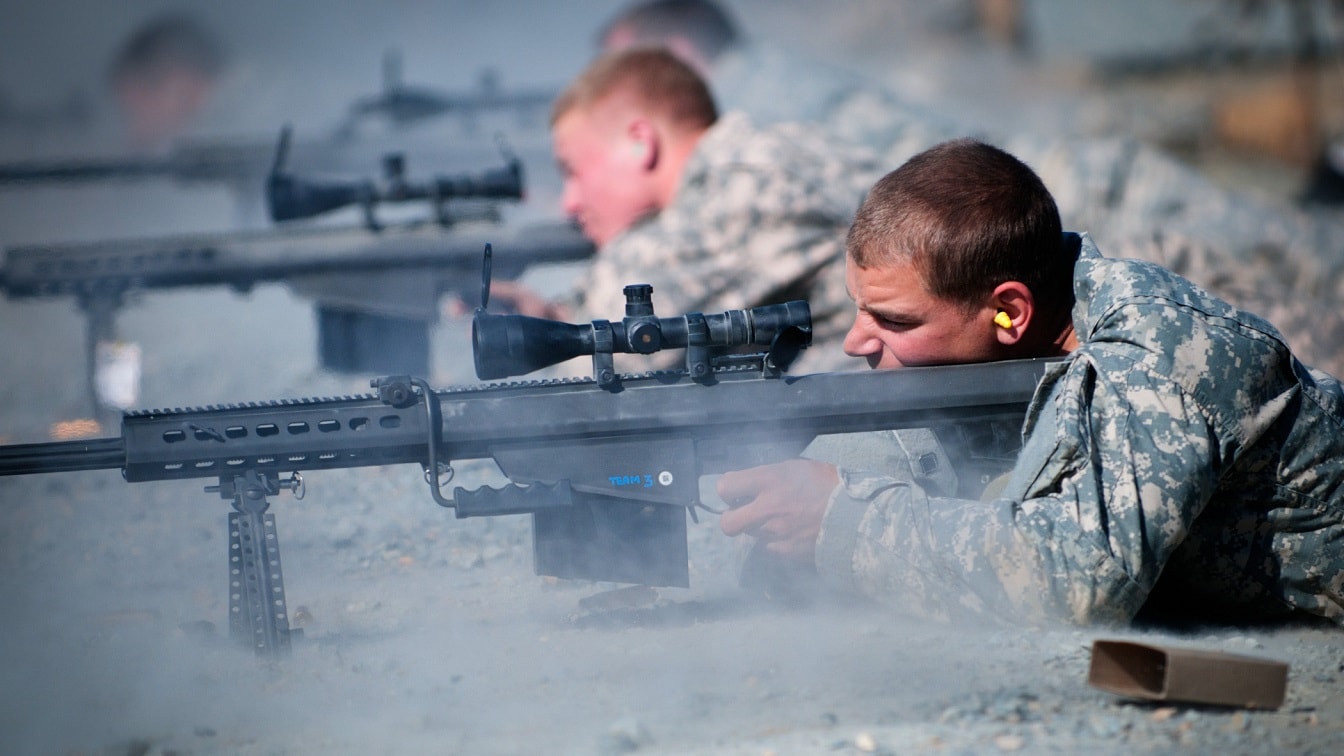The U.S. military has arguably the best special forces–or known in defense circles as special operations forces–in the world. Since the terrorist attacks of September 11, 2001, the U.S. Special Operations Command (SOCOM) has been at the forefront of American warfighting, amassing an unmatched wealth of experience over the last 21 years. That experience has made commandos the go-to choice for almost any contingency.
Special operations forces offer policymakers an extremely flexible and versatile low-cost, high-reward option that can be applied covertly or clandestinely anywhere in the world. The deniability and small footprint, political and physical, inherent to special operations forces make them very appealing to political leaders who are fearful of potential domestic and international backlash.
But not all special operations units are created equal, and the U.S. special operations community has so many of them that one can easily get lost in the “tiers” and “operator” nomenclature. What follows is an attempt to decrypt the U.S. special operations apparatus.
SOCOM: Larger Than Other Countries’ Militaries
The U.S. special operations community has approximately 70,000 commandos, enablers, and support troops. Although personnel assigned to SOCOM comprise only a fraction of the U.S. military numbers-wise (the U.S. military has 2.3 million active and reserve troops), SOCOM itself is larger than other countries’ militaries, including Australia’s (59,000~ active troops) and Canada (67,000~ active troops).
SOCOM is very much a forward-deployed organization. On any given day, American special operators are deployed to more than 60 countries around the world, involved in combat, deterrence, or humanitarian operations.
According to SOCOM’s 2022 factbook, the special operations organization “develops and employs fully capable special operations forces to conduct global special operations and activities as part of the joint force to support persistent, networked and distributed combatant command operations and campaigns against state and non-state actors to protect and advance U.S. policies and objectives.”
As a whole, SOCOM is proficient in the following mission sets: Counterterrorism, Counterinsurgency, Direct Action, Special Reconnaissance, Foreign Internal Defense, Hostage Rescue and Recovery, Military Information Support Operations, Unconventional Warfare, Civil Affairs, Foreign Humanitarian Assistance, Security Force Assistance, and Countering Weapons of Mass Destruction.
U.S. special operators are proficient—often pioneers—in all insertion and exfiltration techniques, including Freefall parachuting, combat diving, and mountaineering.
“For better or worse, 20 years of war have turned USSOF [special operations forces] into a highly efficient and effective machine. On the positive side, SOCOM can undertake any mission imaginable and most likely succeed, regardless of the difficulty, location, and stakes. However, on the negative side, the tempo of two simultaneous wars really took a toll on the force and the individual. We see that reflected in the high suicide rates not only in the SOF community but the wider military,” a former Army Green Beret told 1945.

Pfc. William Snyder, 1-173rd Infantry, practices sniper camouflage technics at Eglin Airforce Base, Florida, Aprile 7, 2018. (Photo by Army Staff Sgt. William Frye.)
Structure and Organization
Every branch in the U.S. military has a special operations component. Put together, these components make up SOCOM.
There is the United States Army Special Operations Command (USASOC), the Naval Special Warfare Command (WARCOM), the Air Force Special Operations Command (AFSOC), and the Marine Forces Special Operations Command (MARSOC).
To complicate matters further for the uninitiated, SOCOM has another subcommand: The Joint Special Operations Command (JSOC). This organization is sub-unified command at the top of the food chain, comprising the more elite and secretive special operations units (or special mission units) in the U.S. military, including the Army’s Delta Force, the Navy’s Naval Special Warfare Development Groups—formerly known as SEAL Team 6—and the Air Force’s 24th Special Tactics Squadron. JSOC’s special mission units make up the U.S. national mission force and are reserved for the most difficult and sensitive operations.
SOCOM is a four-star organization, while USASOC and AFSOC are three-stars, and WARCOM and MARSOC two-stars. At the face of it, this doesn’t sound significant, but in the inter- and intra-rivalries that exist in the U.S. military, the rank of your commanding officer does matter when it comes to authorities, missions, and—most importantly—money.
SOCOM contains the following units: Army Special Forces Regiment—nicknamed the Green Berets—Civil Affairs Brigade, Psychological Operations Groups, the 75th Ranger Regiment, and the 160th Special Operations Aviation Regiment, Navy SEAL Teams, Special Boat Teams—manned by the Special Warfare Combatant-Craft Crewmen (SWCC)—Marine Raider Regiment, and Special Tactics Squadrons.
There is much more nuance and detail in the U.S. special operations community. But this article hopefully offered the reader a glimpse behind the scenes of America’s secret warriors.
1945’s New Defense and National Security Columnist, Stavros Atlamazoglou is a seasoned defense journalist specializing in special operations, a Hellenic Army veteran (national service with the 575th Marine Battalion and Army HQ), and a Johns Hopkins University graduate. His work has been featured in Business Insider, Sandboxx, and SOFREP.

